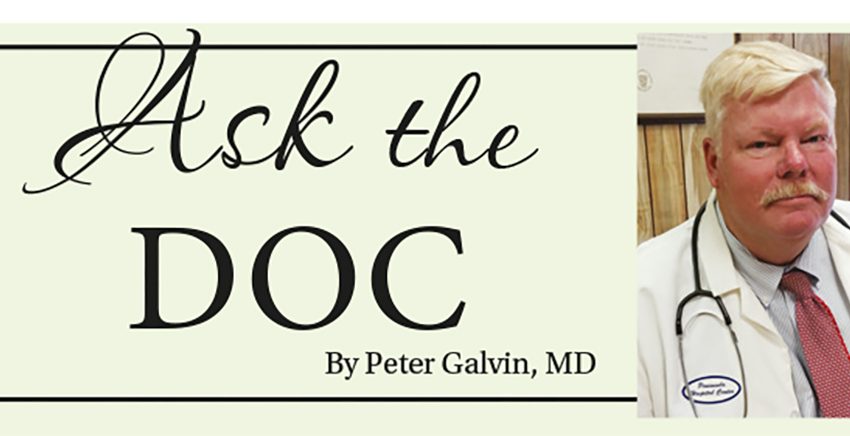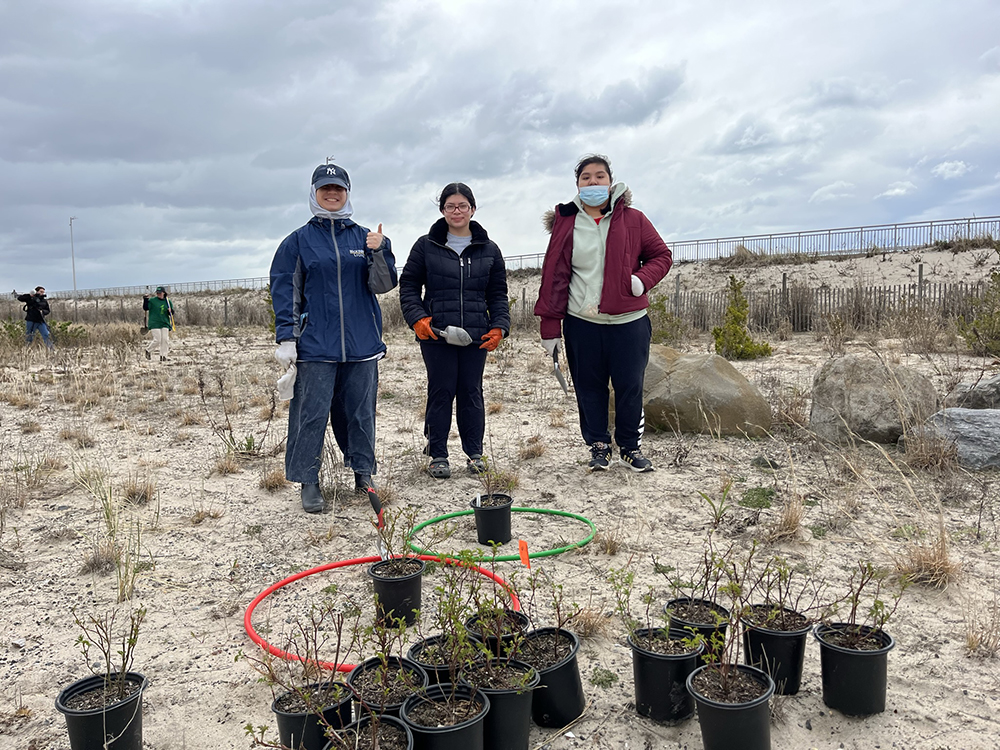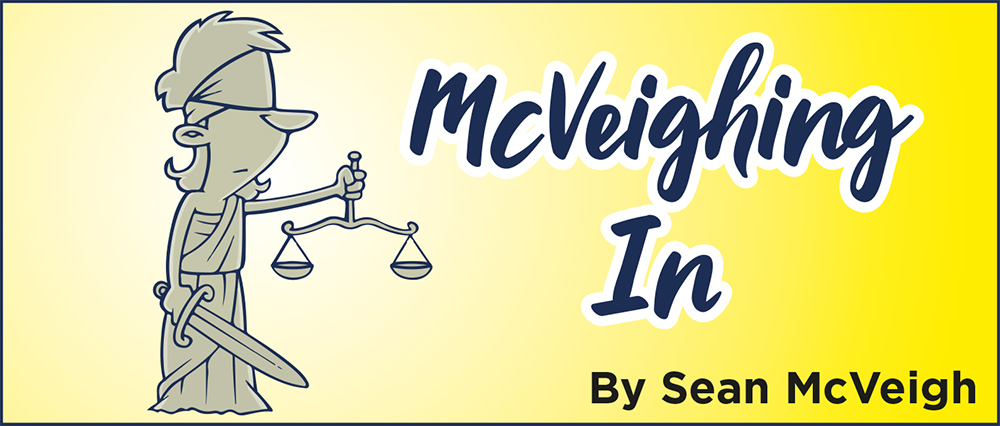Highway Robbery

By Peter Galvin, MD
Pharmaceutical companies are private (but publicly invested) firms in business to make money for themselves and their investors. I think we all get that. But they also make medications designed to treat sickness and disease, a public health benefit. The U.S. is only one of two or three countries in the world that does not control the costs of medications and pharmaceuticals. Canada does, which is why medication costs there are considerably lower than here. Pharmaceutical firms justify their often-sky-high medication costs by claiming that they need to keep their prices high to pay for the costs of research and development (R & D) of new products. In order to maintain their huge profits, they utilize loopholes in patent laws and tricks to keep their products patented and unavailable to generic drug manufacturers. Let’s look at glucagon-like peptide 1 (GLP-1) receptor inhibitors that are used to treat type 2 diabetes and obesity and are injected liquids, not pills. In 2021, manufacturers earned $10 billion on these drugs in the U.S. alone. Here is a list of some of these drugs, their brand names, their manufacturers, and their patent dates:
- Exenatide – Byetta – Astra Zeneca – 2005 and 2012
- Liraglutide – Victoza – Novo Nordisk – 2010
- Dulaglutide – Trulicity – Eli Lilly – 2014
- Semaglutide – Ozempic/Rybelsus (for diabetes), Wegovy (for obesity) – Novo Nordisk – 2017
Patents, issued by the U.S. Patent and Trademark Office (USPTO), are government-granted rights, usually lasting 20 years from the date of filing, that allow manufacturers to exclude potential competitors from selling versions of the products being protected. Drug manufacturers obtain patents not only on the active ingredients in their products (typically obtained around the time a drug is synthesized or discovered), but also on aspects of drug formulations, methods of use, and delivery devices (such as injectors and inhalation devices). Plus, they continue to obtain patents even after the drug is approved by the FDA and goes into general use. This allows the drug and its delivery device to remain patented for decades. Note that Astra Zeneca obtained an additional patent on Byetta seven years after the initial patent. Byetta is approaching 20 years since its original patent and will remain patented for many more years (until 2032). In comparison, patents on most oral medications expire about five or six years after their FDA approval for use. Remember, patents are usually obtained very early, before any studies on drug efficacy and safety have been performed. It can take 10 years or more for a drug to go from discovery to FDA approval and use.
Manufacturers of GLP-1 inhibitors are not unique in their actions. Manufacturers of inhaled steroids do the same thing, forcing people with asthma and COPD/emphysema to pay exorbitant prices or do without these essential drugs. Many insurance plans have a tier system that will not cover many brand medications. Not long ago, my column dealt with Medicare Part B premium increases needed to cover the costs of administering new Alzheimer disease drugs costing at least $60,000 per year. Lawmakers and regulators need to work to develop solutions that allow timely entry of generic drug-device combinations while also allowing manufacturers to earn reasonable returns for limited periods of time so that more patients eventually benefit from lower costs and improved access to these useful drugs.
Please direct questions and comments to editor@rockawaytimes.com


